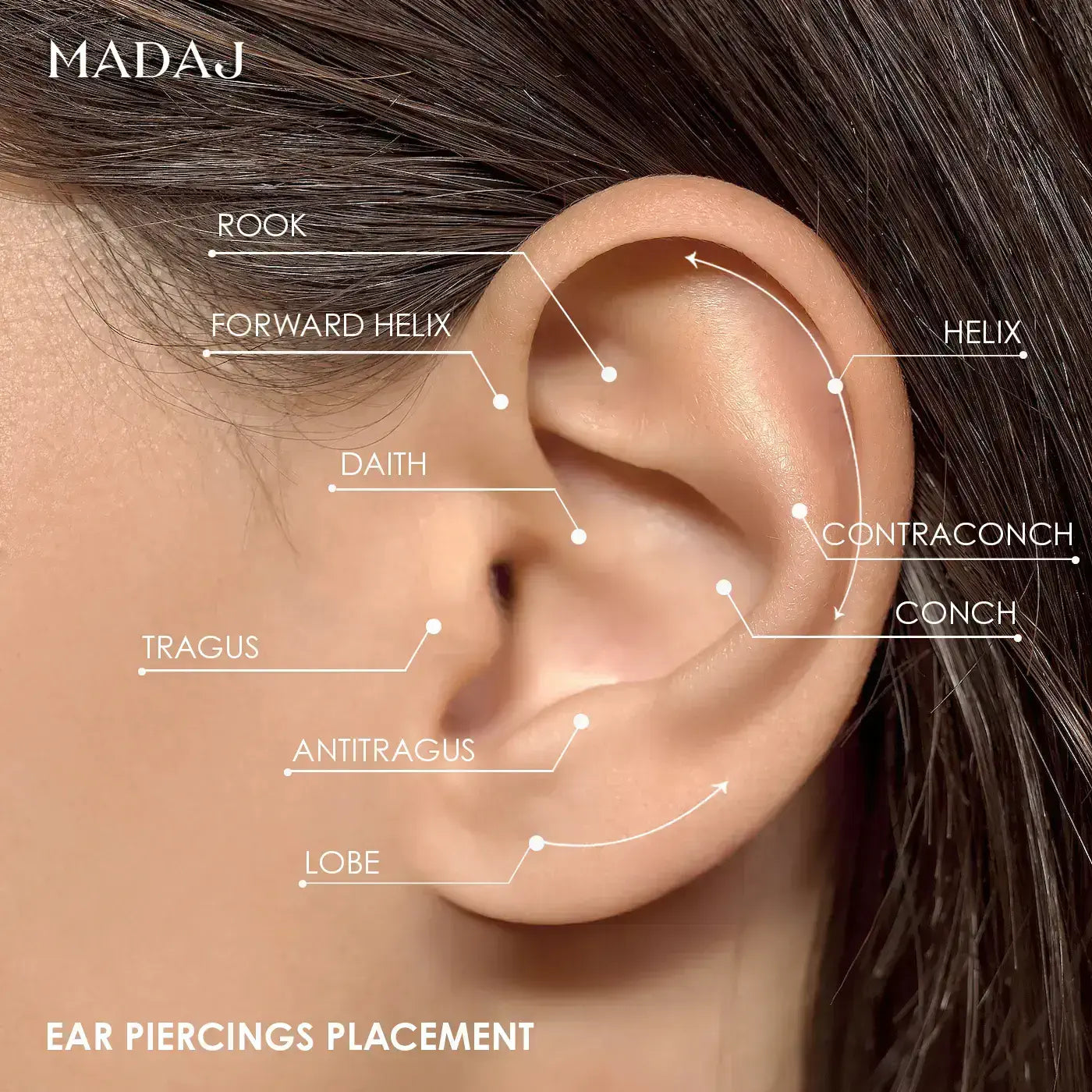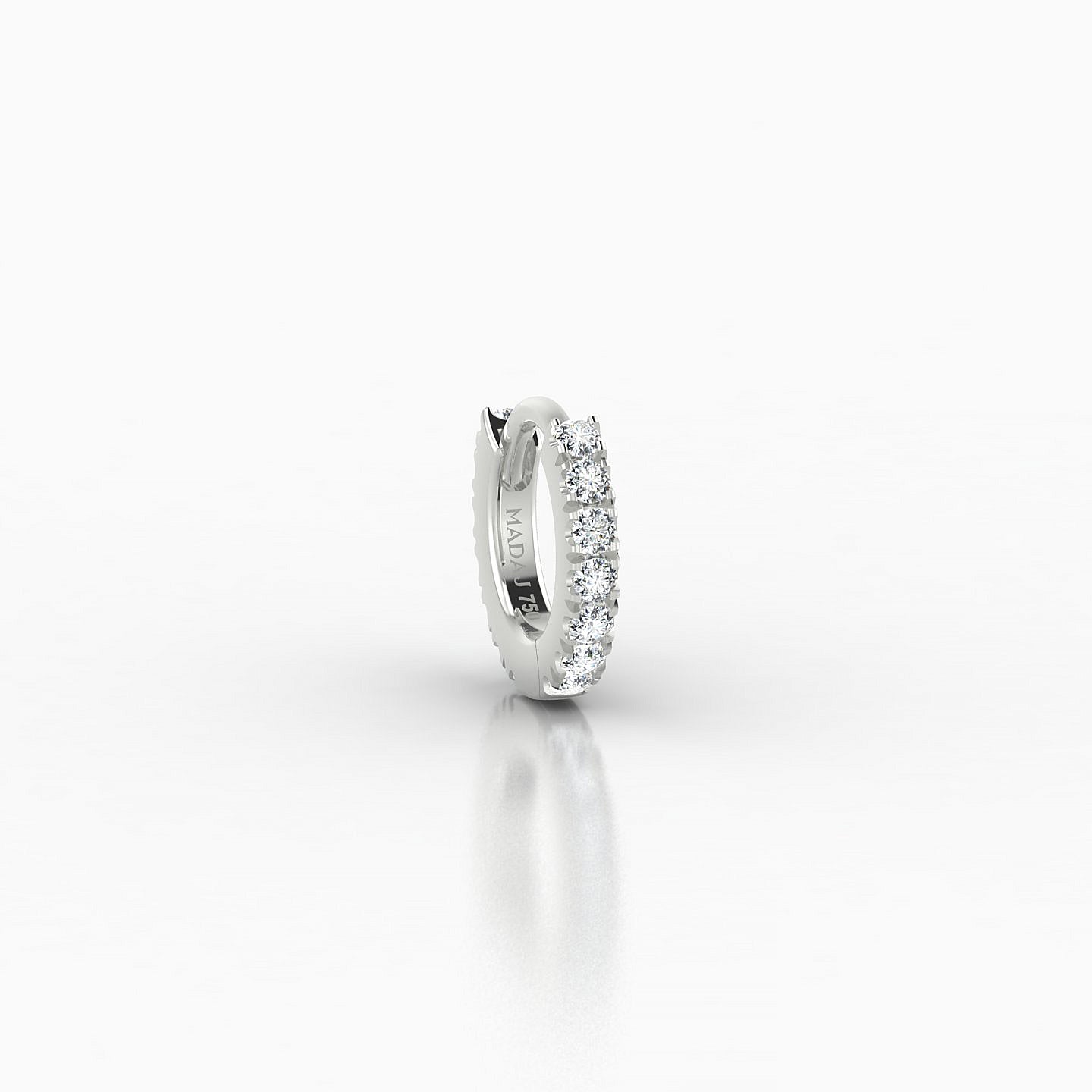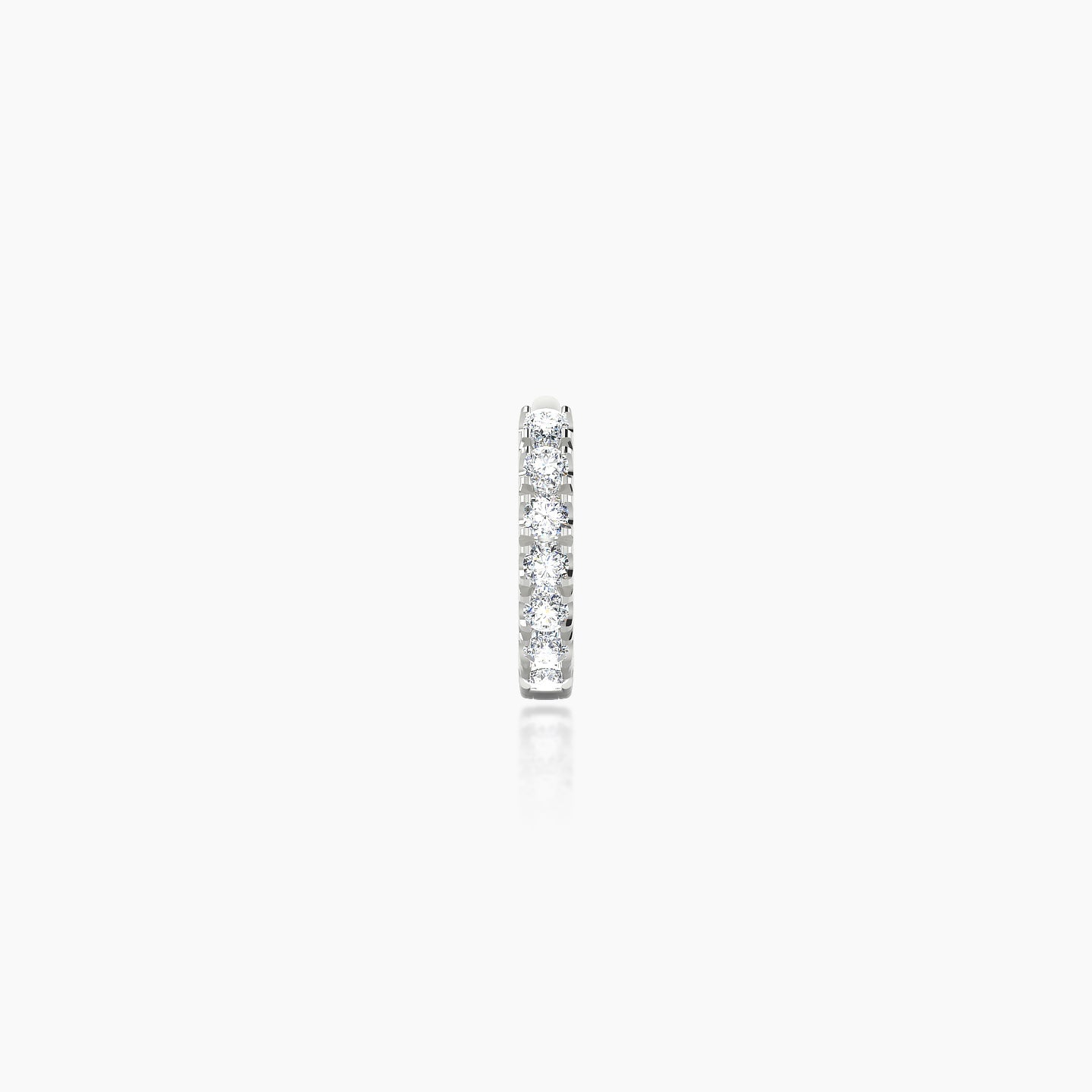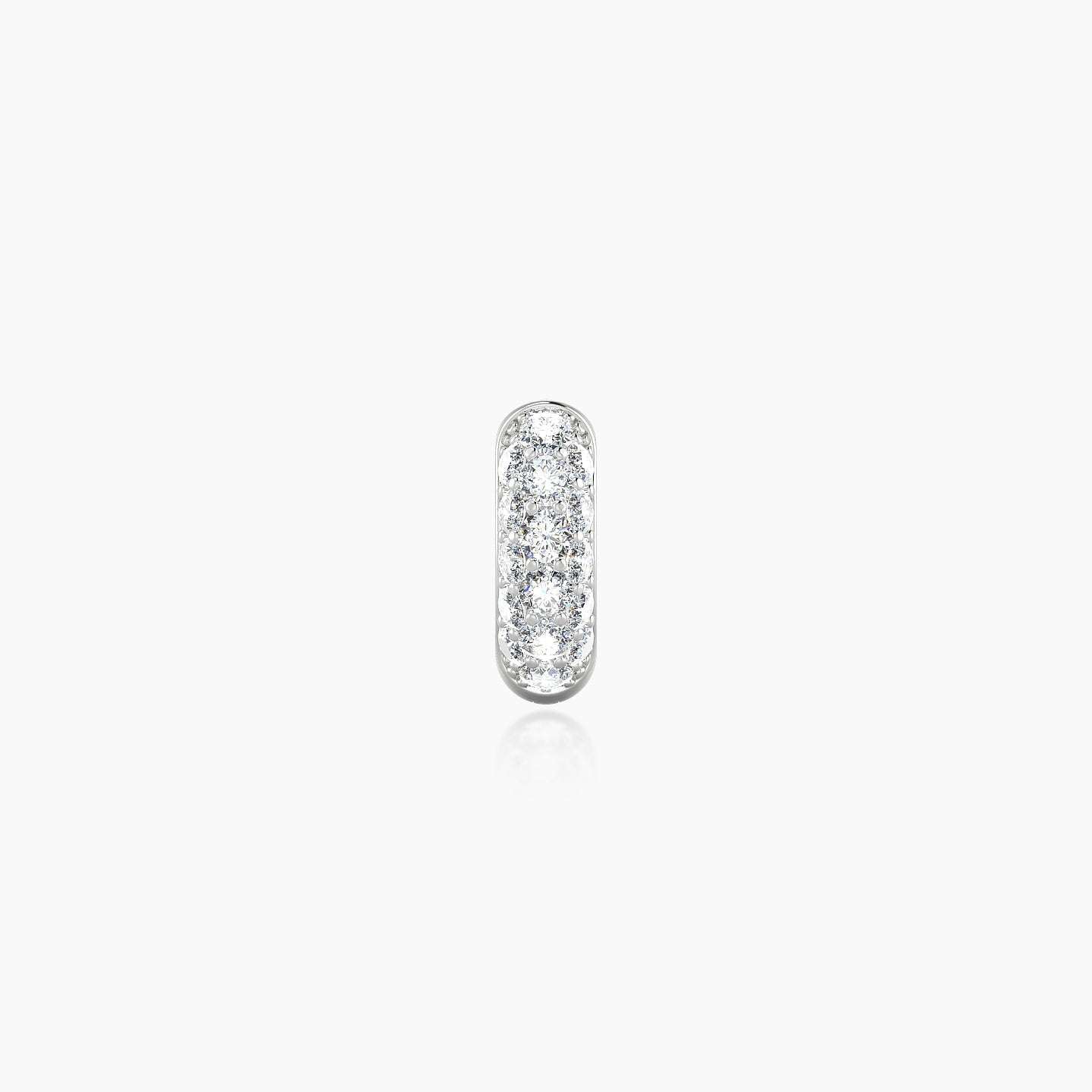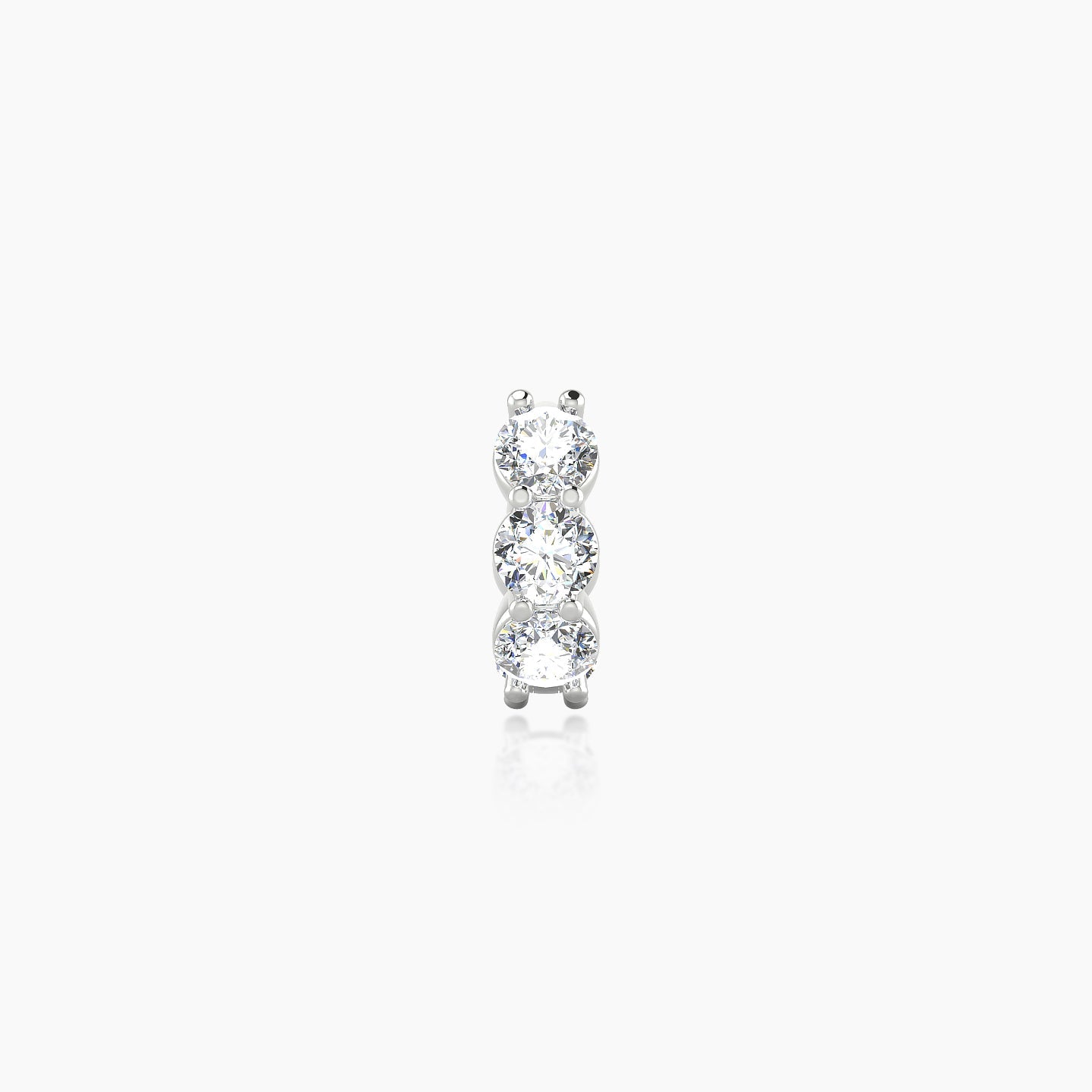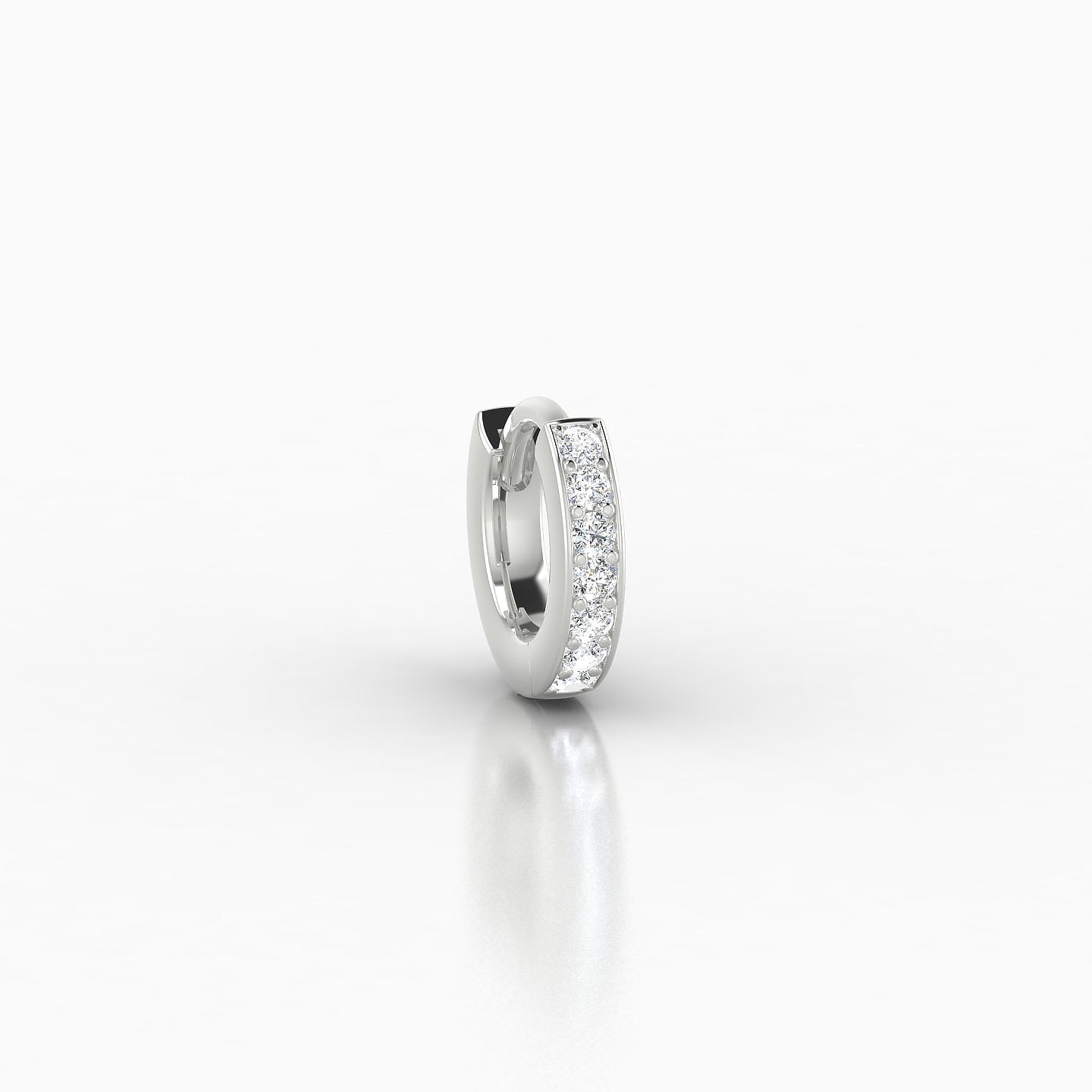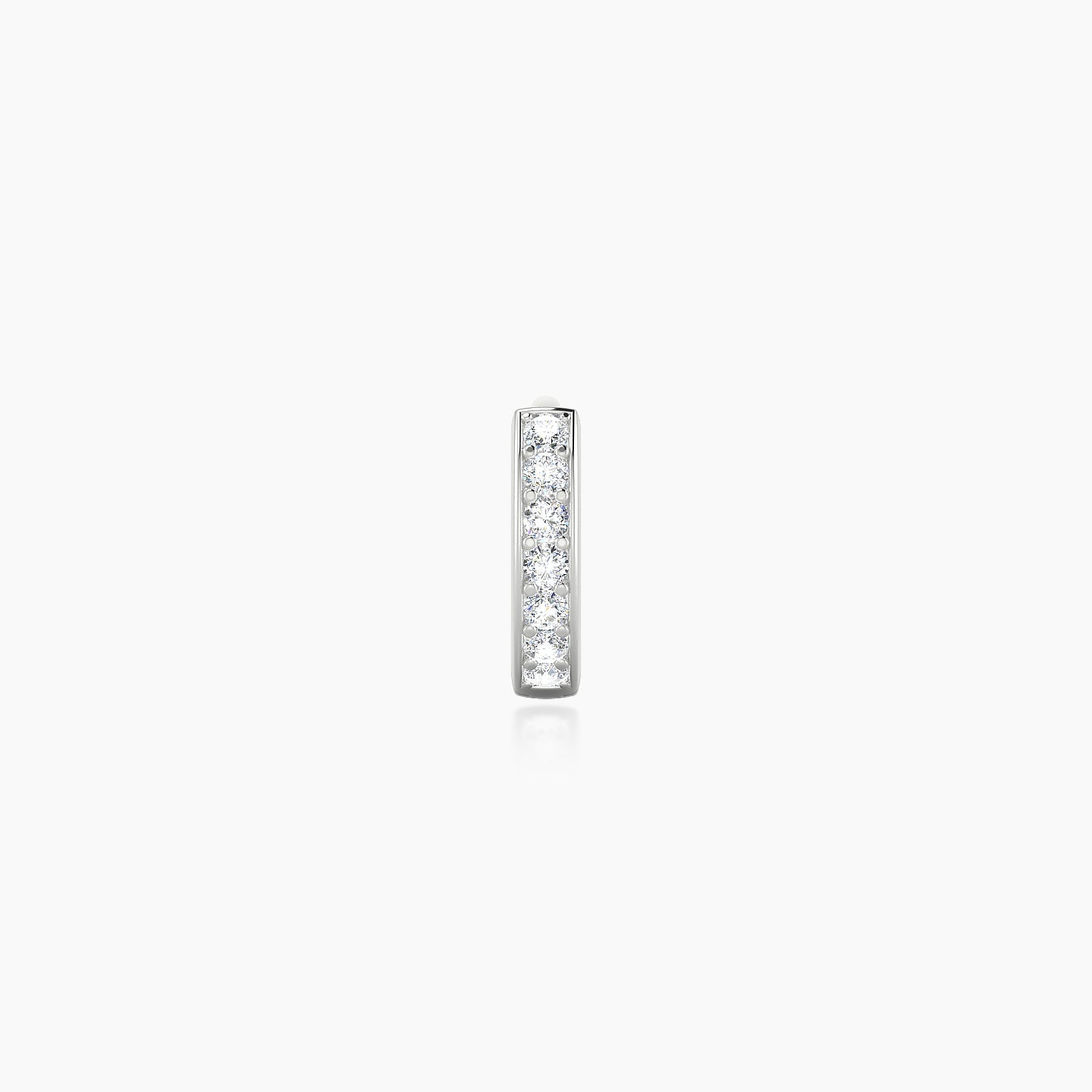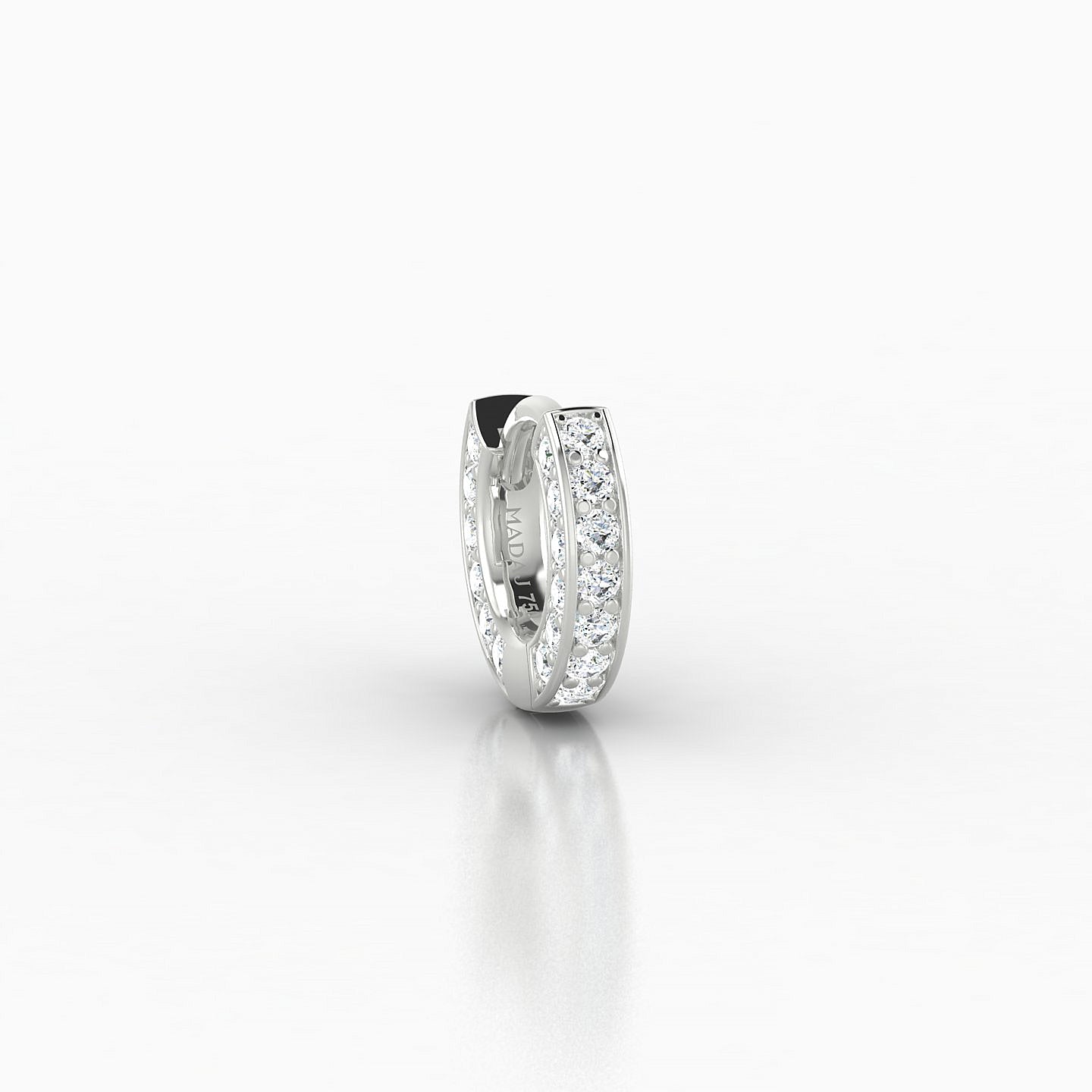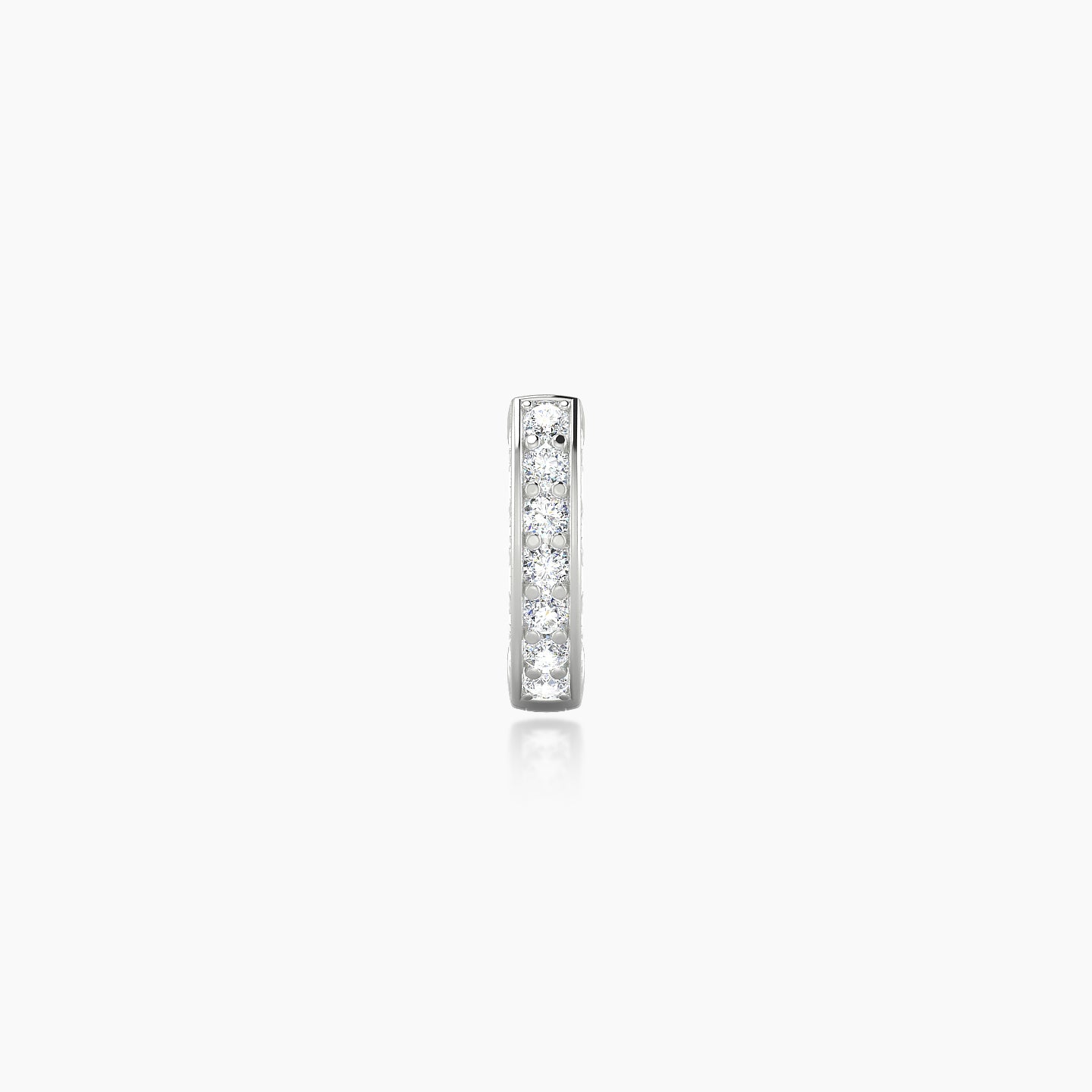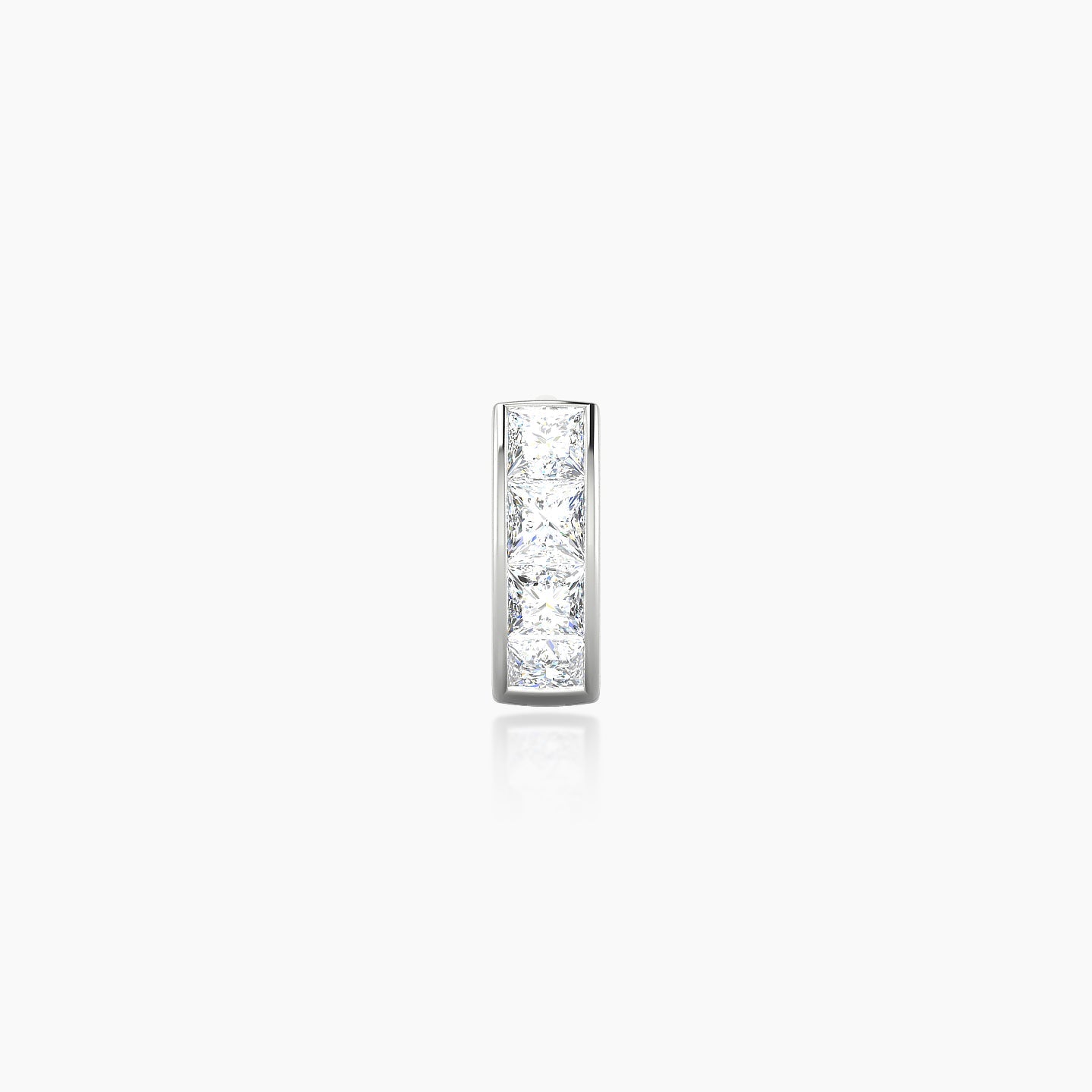Education
ROOK PIERCING FULL GUIDE
The rook piercing is placed in the cartilage of the ear, specifically in the fold above the tragus. It is valued for its unique position and discreet nature. Though more complex to get, it has become increasingly popular among piercing enthusiasts.
This guide offers essential information about the rook piercing: placement, procedure, healing process, jewelry options, and aftercare tips.
To explore style ideas and piercing combinations, check out our ear piercing ideas.

ROOK PIERCING PLACEMENT
The rook piercing is positioned in the fold of cartilage that's between the outer ear and the inner conch area, known as the antihelix. It's located above the tragus, directly across from the forward helix.
The piercing typically goes through the lower part of the antihelix, just above where the ear starts to curve inwards. The exact position can vary slightly depending on individual ear anatomy. It is important to note that pain levels can vary significantly from one person to another.
Not everyone's ear anatomy is suitable for a rook piercing. The cartilage in this area can be thick, and the space might be too small in some ears.
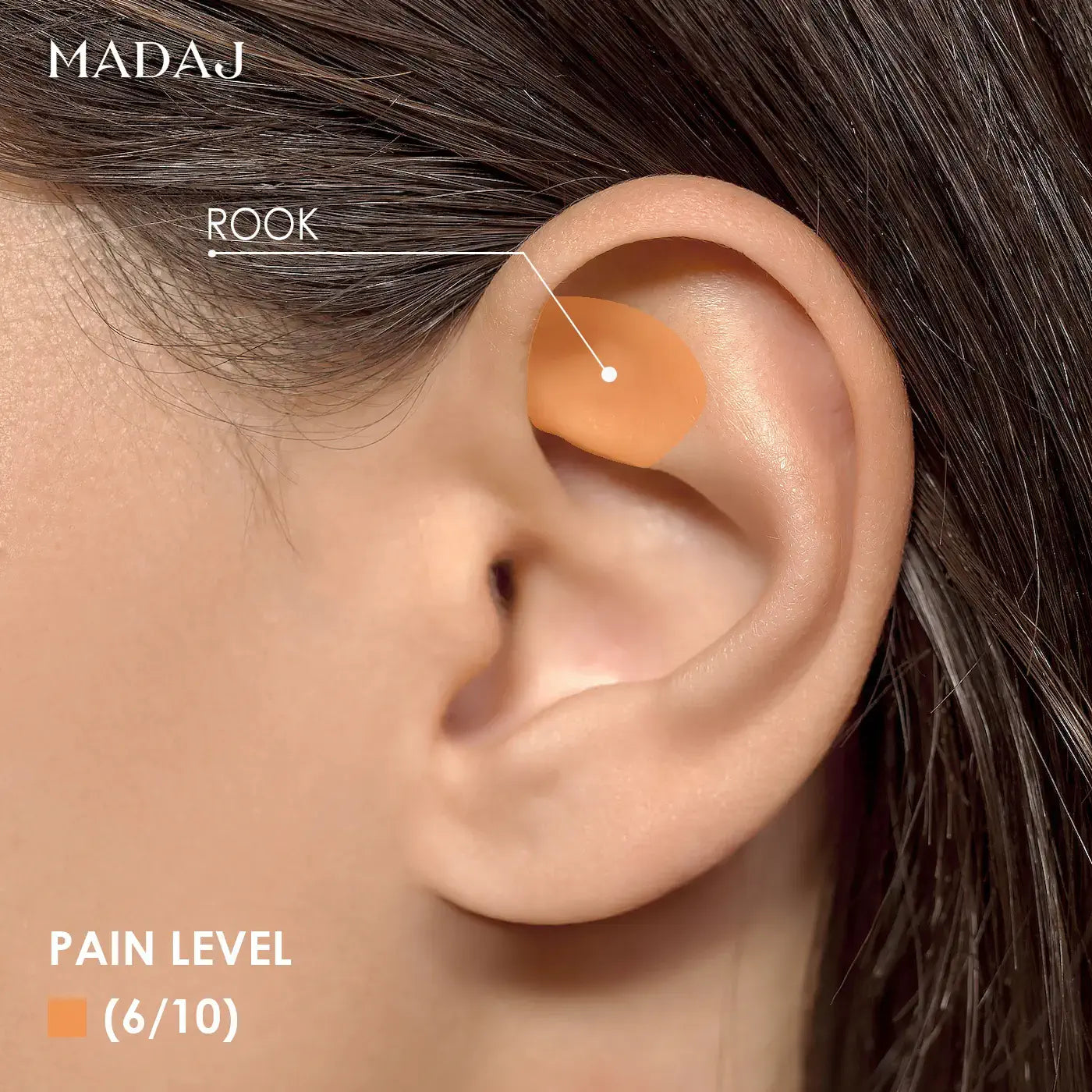
ROOK PIERCING PAIN LEVEL
Pain Level of Rook Piercing: (6/10)
The pain of a rook piercing is generally considered likes noticeable. Due to the density and thickness of the cartilage at this location on the ear, the piercing procedure can be more uncomfortable, and the healing period may be longer compared to earlobe piercings.
How can I minimize the pain experienced during my rook piercing?
There are solutions to minimize pain during rook piercing, such as the use of lidocaine-based numbing cream (EMLA or generics).
This cream is available in pharmacies by prescription.
It is recommended to apply it between 30 minutes to 1 hour before piercing.
To learn more about minimize the pain of a rook piercing, discover our Guide on Ear Piercing Pain Levels.

ROOK PIERCING PROCEDURE
- You will choose the initial rook jewelry, usually a curved barbell or a small ring, made of a hypoallergenic material like surgical steel, titanium, or gold.
- The piercer cleans the rook area of your ear with an antiseptic solution to sterilize the skin.
- They will then mark the exact spot where the Rook piercing will be done, ensuring correct placement in the antihelix fold.
- All equipment used will be sterilized. The piercer should wear gloves to maintain hygiene.
- A sterilized, sharp, hollow needle is used for the piercing. The needle will be carefully pushed through the marked spot on the cartilage.
- Immediately after creating the hole, the chosen Rook jewelry is inserted.

CLEANING INSTRUCTIONS FOR ROOK PIERCING
- Clean your rook piercing twice a day – once in the morning and once at night.
- Keep up with consistent cleaning of your rook piercing during its entire healing period. This duration can last for several months and differs based on your personal healing rate.
- It's crucial to avoid bacterial buildup by keeping the rook pierced area dry. Once you've cleaned it, carefully dab with sterile, non-woven gauze to absorb moisture, or alternatively, use a hairdryer on a cool setting for complete drying.

HEALING TIME & PROCESS FOR ROOK PIERCING
Initial Healing Phase (First Few Weeks) : Right after getting the piercing, it's normal to experience swelling, redness, and some pain or discomfort. Regular cleaning with a saline solution is crucial during this stage to prevent infection and promote healing.
Mid-Healing Phase (Up to 6 Months) : Over time, the initial swelling, redness, and pain should gradually decrease. Continue with your cleaning routine, and avoid unnecessary movement or changing of the jewelry, as the rook piercing is still sensitive and healing internally.
The average healing time for a rook piercing is typically between 6 months to 1 year. However, this can vary depending on individual factors such as your body’s healing capabilities, the level of aftercare, and lifestyle habits.
Discover Our

